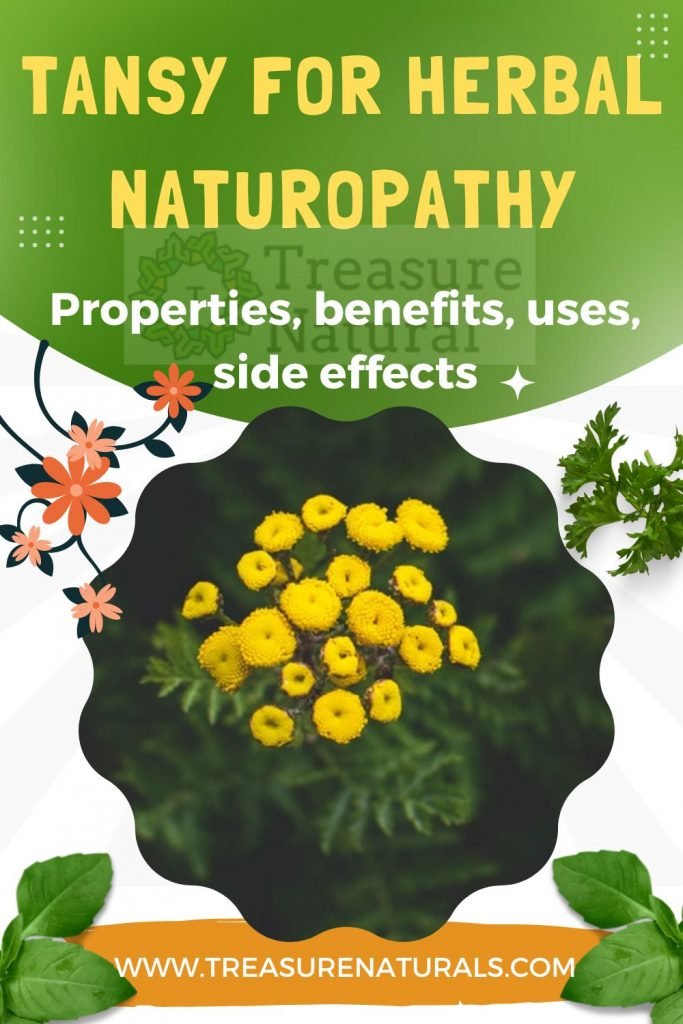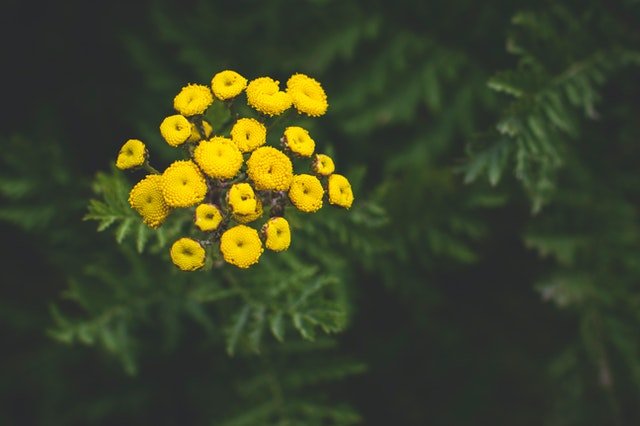
Tansy is a natural remedy widely used in the past for its properties against headaches. Today its use is not recommended due to the high toxicity in the leaves and its essential oil.
Tansy is a spontaneous plant once used to eradicate intestinal parasites. Today, the use of tansy is not recommended due to the presence of molecules with toxic action.
Properties of Tansy
The properties of tansy have been attributed to the presence of essential oil, sesquiterpene lactones and organic acids give the plant digestive, aperitif, spasmolytic and anti-inflammatory action. The essential oil gives the plant anthelmintic properties: for this reason the flowers and leaves of tansy in the past were used to treat intestinal parasites, in particular pinworms and roundworms.
Tansy was also recommended in spring care for its tonic and stimulating action and in the treatment of headaches and neuralgia.
Today, the use of tansy is not recommended due to the toxicity of the plant. The essential oil present in the leaves and flowers of tansy contains thujone which, at high dosages, can have neurotoxic and abortive action.
How to use tansy
Tansy was used in the form of an infusion, powder, essential oil and mother tincture. If such preparations are not standardized, the high concentration of thujone can lead to even serious intoxications.
The decoction of tansy is used as a disinfestant for plants, against moth and algae. In this case it is enough to boil for 20 minutes 10 liters of water with 300 g of tansy flowers, let cool and spray the decoction on the plants to be treated.
Contraindications of tansy
The use of non-standardized preparations containing tansy can cause intoxications that lead to vomiting, abdominal pain, redness of the skin, tachycardia, spasms and uterine hemorrhages and damage to the kidneys and liver. Tansy essential oil is toxic at a dosage of about 7 g while over 15 g it could be lethal.
Given the abortive properties of tansy, the use is contraindicated in pregnancy. Due to the presence of sesquiterpene lactones, tansy can also cause contact dermatitis, as well as allergic reactions in predisposed subjects.
Description of the plant
Tansy (Tanacetum vulgare) is a perennial herbaceous plant, belonging to the Asteraceae family. The stem, 80-120 centimeters high, is erect and furrowed and bears large pinnate leaves, with linear lanceolate segments.
The inflorescence consists of flower heads formed by tubulous flowers of yellow color, female and hermaphroditic. The fruit is instead a smooth cypesela. The tansy plant is very aromatic and gives off a pleasant scent.
Tansy habitat
Tansy is a rather common plant throughout Europe and northern Asia. It grows spontaneously along the grassy mountain slopes, the edges of the roads or along the banks of the waterways.
Background

Tansy, also known as febrifugia, was used in the past as a remedy against fever.
In addition, since ancient times, tansy was attributed the ability to purify the air and thus ward off malaria.






